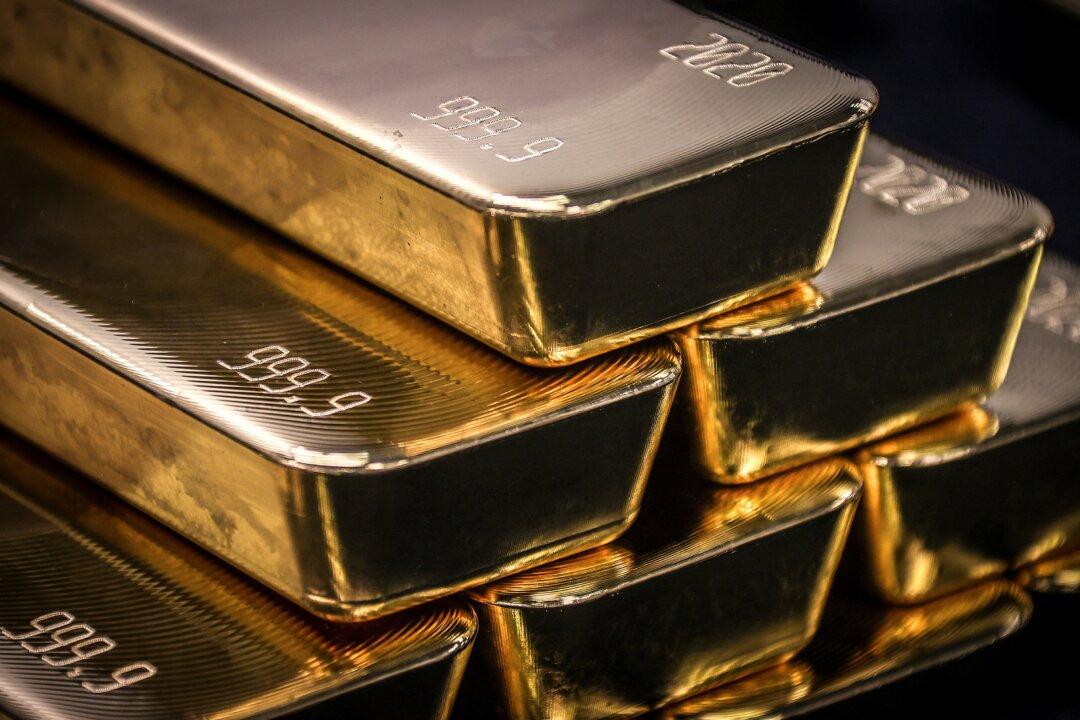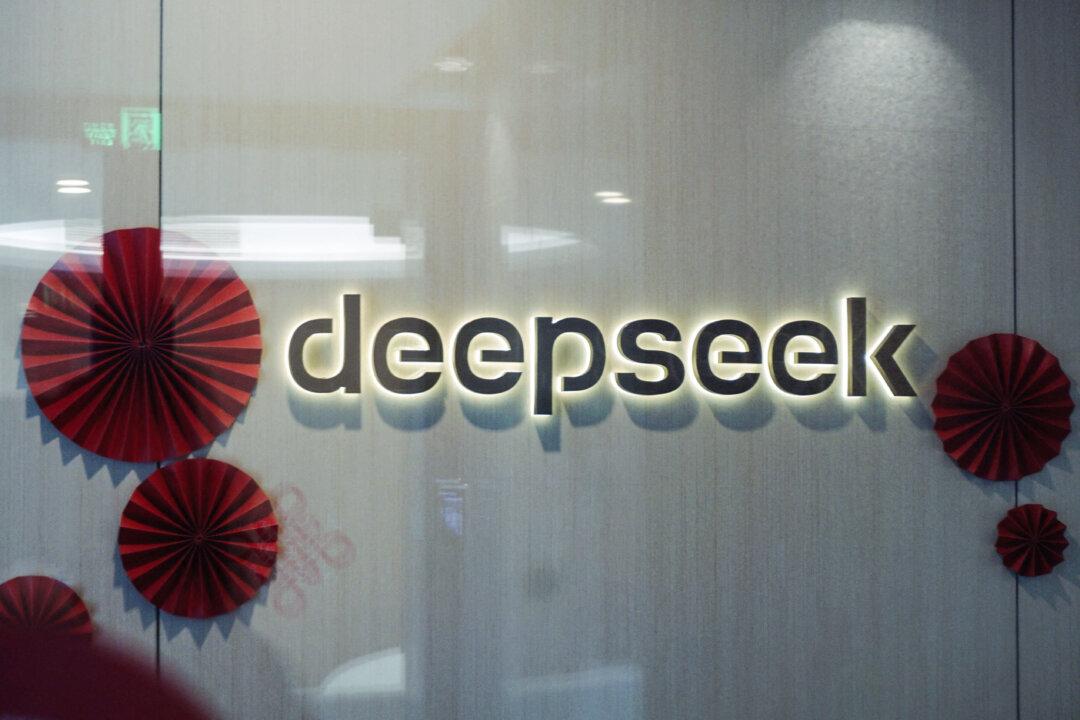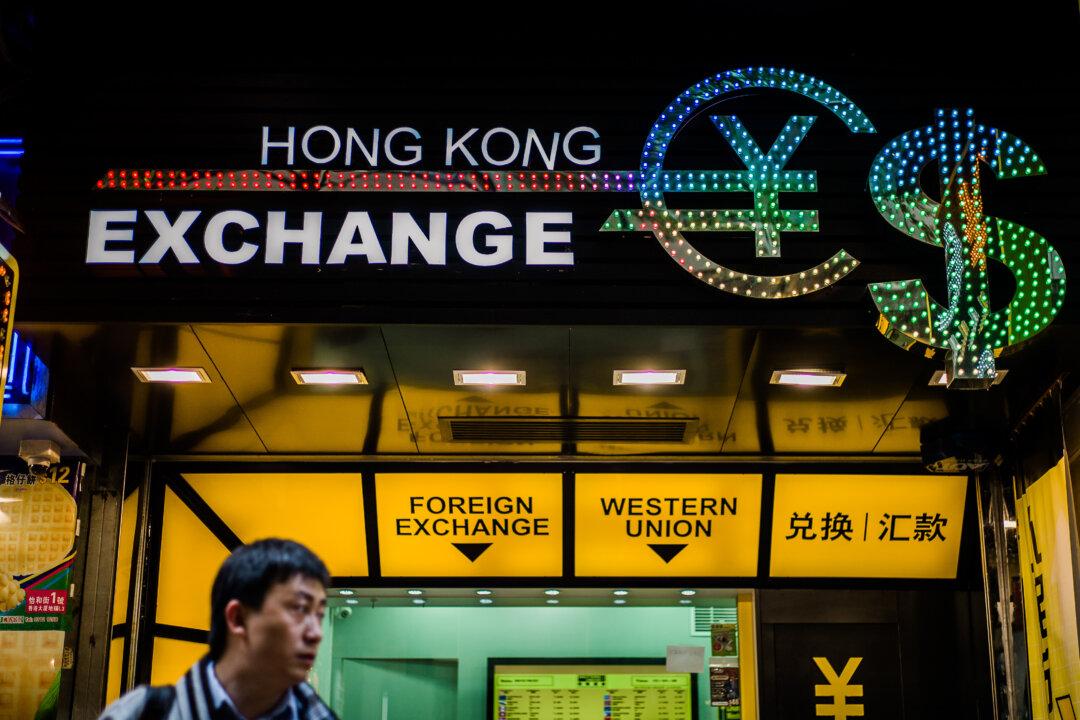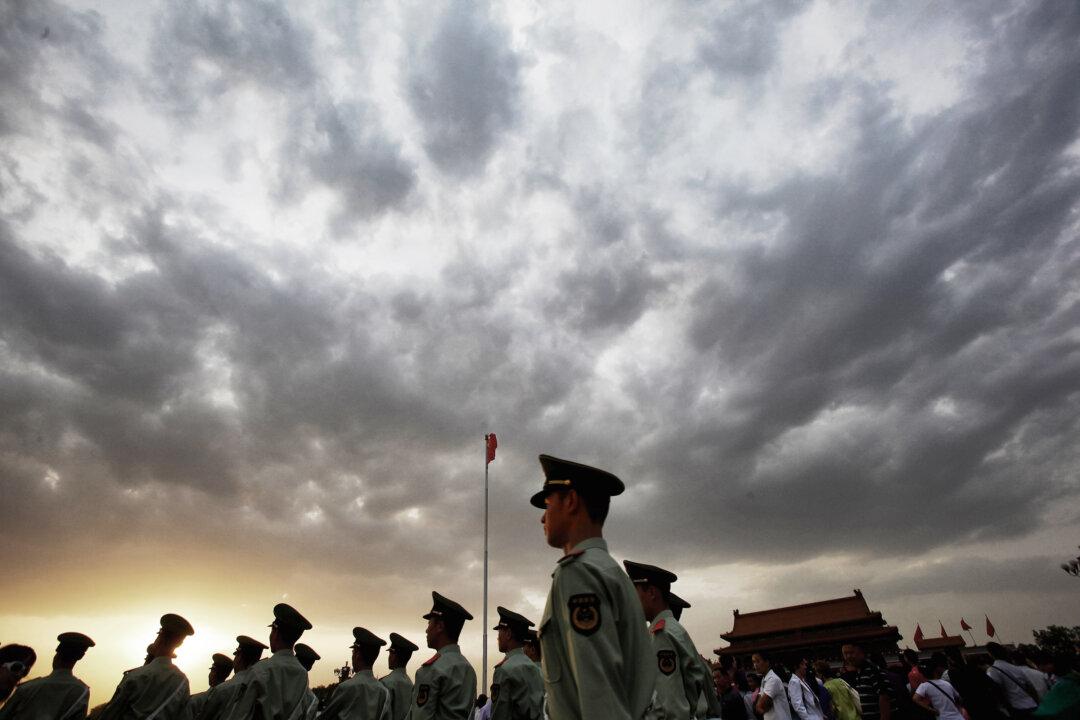Amid escalating friction between the world’s two predominant power blocs, gold prices have surged to unprecedented levels, underscoring the metal’s role as a premier hedging instrument. Over the past 16 months, the allure of gold as a hedge has intensified in step with its climbing price, mirroring the geopolitical tensions.
Spot gold prices exceeded previous records set in December, hitting new highs on March 6 and 7. By March 11, gold’s value ascended further, reaching a historic peak, surpassing $2,180 per ounce.






